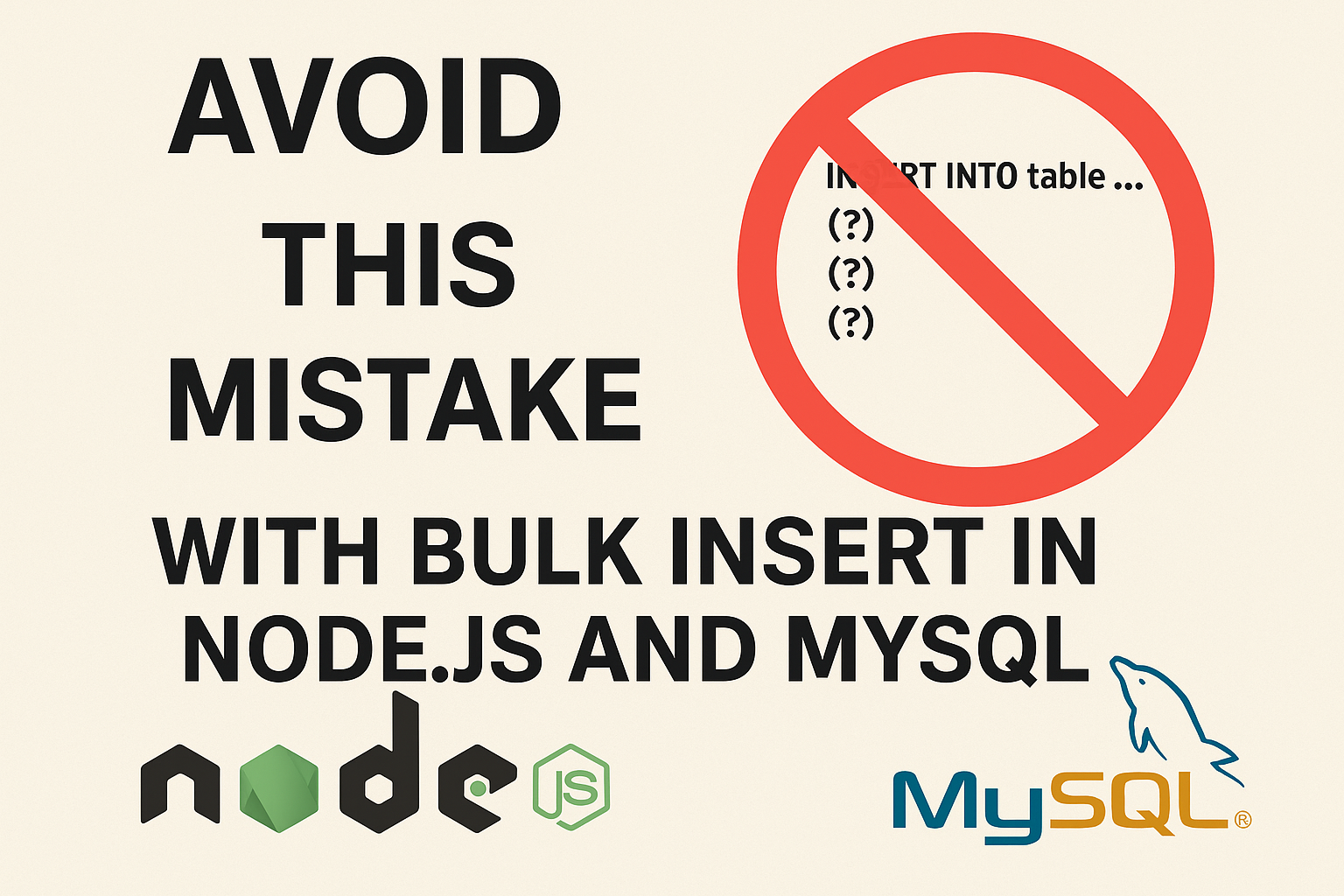A Comprehensive Guide to Indexing in MySQL: Boost Your Database Performance
Indexes are essential tools in MySQL that drastically improve query performance, especially when dealing with large tables. In this guide, we’ll dive into how indexes work, explore their types, and look at best practices for creating and managing indexes. By the end, you’ll have a solid understanding of how to leverage indexes to optimize your MySQL database for speed and efficiency.
Table of Contents
- What is an Index in MySQL?
- Types of Indexes in MySQL
- How to Create and Drop Indexes
- Best Practices for MySQL Indexing
- Managing Large Tables with Minimal Downtime
- Conclusion
1. What is an Index in MySQL?
An index in MySQL is a data structure that helps speed up the retrieval of rows based on specific column values. Think of it like a book’s index—it allows MySQL to locate rows without scanning the entire table, thus improving query performance.
When you execute a query with indexed columns in the WHERE or JOIN clauses, MySQL can use the index to quickly find the relevant rows instead of scanning the whole table.
2. Types of Indexes in MySQL
Understanding the types of indexes available in MySQL is crucial for selecting the best one for your use case. Here are the main types:
- Primary Key Index: A unique index that enforces uniqueness for each row. Each table can have only one primary key, which MySQL automatically indexes.
- Unique Index: Ensures all values in the indexed column(s) are unique, allowing for quick retrieval while preventing duplicate entries.
- Full-Text Index: Optimized for searching large text-based columns, typically for
MATCHandAGAINSTsearches in MyISAM and InnoDB tables. - Composite Index: An index on multiple columns, which can improve performance for queries filtering by more than one column.
- Spatial Index: Used in spatial data types to optimize geographic data queries.
3. How to Create and Drop Indexes
Indexes can be created or dropped using SQL commands, and it’s crucial to understand the implications for your database performance.
Creating an Index
Use the CREATE INDEX command to add a new index to a table:
CREATE INDEX index_name ON table_name(column_name);Example:
CREATE INDEX idx_last_name ON employees(last_name);Tip: Use EXPLAIN on queries to see if MySQL uses the indexes effectively.
Dropping an Index
To remove an index, use the DROP INDEX command:
DROP INDEX index_name ON table_name;Removing unnecessary indexes frees up storage and can improve write performance by reducing the work required to maintain indexes during data modifications.
4. Best Practices for MySQL Indexing
Adding or dropping indexes on a large table can potentially lock it, causing performance issues and possible downtime. However, MySQL has strategies to minimize these locks, especially with InnoDB tables. Let’s go over what happens during indexing and some methods to reduce locking.
How Indexing Affects Table Locking
- Standard Behavior:
- By default, MySQL locks the table when adding or removing indexes, meaning other operations may be blocked until indexing is complete.
- This can be problematic with large tables since indexing might take a long time, resulting in downtime for read and write operations.
- InnoDB Online DDL (Data Definition Language):
- MySQL (version 5.6 and later) offers InnoDB Online DDL for InnoDB tables, allowing index operations with minimal table locking.
- When
ALTER TABLEis performed to add or drop an index, MySQL may allow concurrent read and some write operations, depending on the command and MySQL version.
- Algorithm Options:
- You can specify an algorithm when adding or dropping indexes to control the locking behavior:
ALGORITHM=INPLACE: Minimizes locking by performing the operation without copying the table. It allows concurrentSELECTstatements and sometimesINSERT/UPDATEstatements.ALGORITHM=COPY: Requires creating a full table copy, which locks the table for both reads and writes.
ALGORITHM=INPLACE:sqlCopy codeALTER TABLE large_table ADD INDEX idx_column_name (column_name) ALGORITHM=INPLACE;However, note thatALGORITHM=INPLACEmight still lock the table for very short periods, especially if the table is heavily accessed. - You can specify an algorithm when adding or dropping indexes to control the locking behavior:
Alternatives to Minimize Downtime
- Percona’s pt-online-schema-change Tool:
- The
pt-online-schema-changetool from the Percona Toolkit allows for online schema changes by creating a new table with the desired structure, copying rows in chunks, and swapping tables with minimal downtime. This method does not require a full table lock and supports continuous read and write operations during the process.
pt-online-schema-change --alter "ADD INDEX idx_column_name (column_name)" D=database_name,t=large_table --execute - The
- Use of Partitions (if applicable):
- If the table is partitioned, MySQL might allow you to add or drop indexes on individual partitions, which can minimize locking time for each operation.
- Replica-Based Indexing (if using replication):
- For MySQL replication setups, you can add indexes on replicas first, then promote one of the replicas to the primary node once the indexing is complete. This approach requires some setup but enables zero-downtime indexing on the primary.
6. Conclusion
Indexes are powerful tools for enhancing MySQL performance, especially for large databases. By understanding index types, implementing best practices, and using online tools for index management, you can make your MySQL queries faster and more efficient.
Regularly auditing indexes and refining them as your data and queries change can also ensure optimal performance in the long term.





